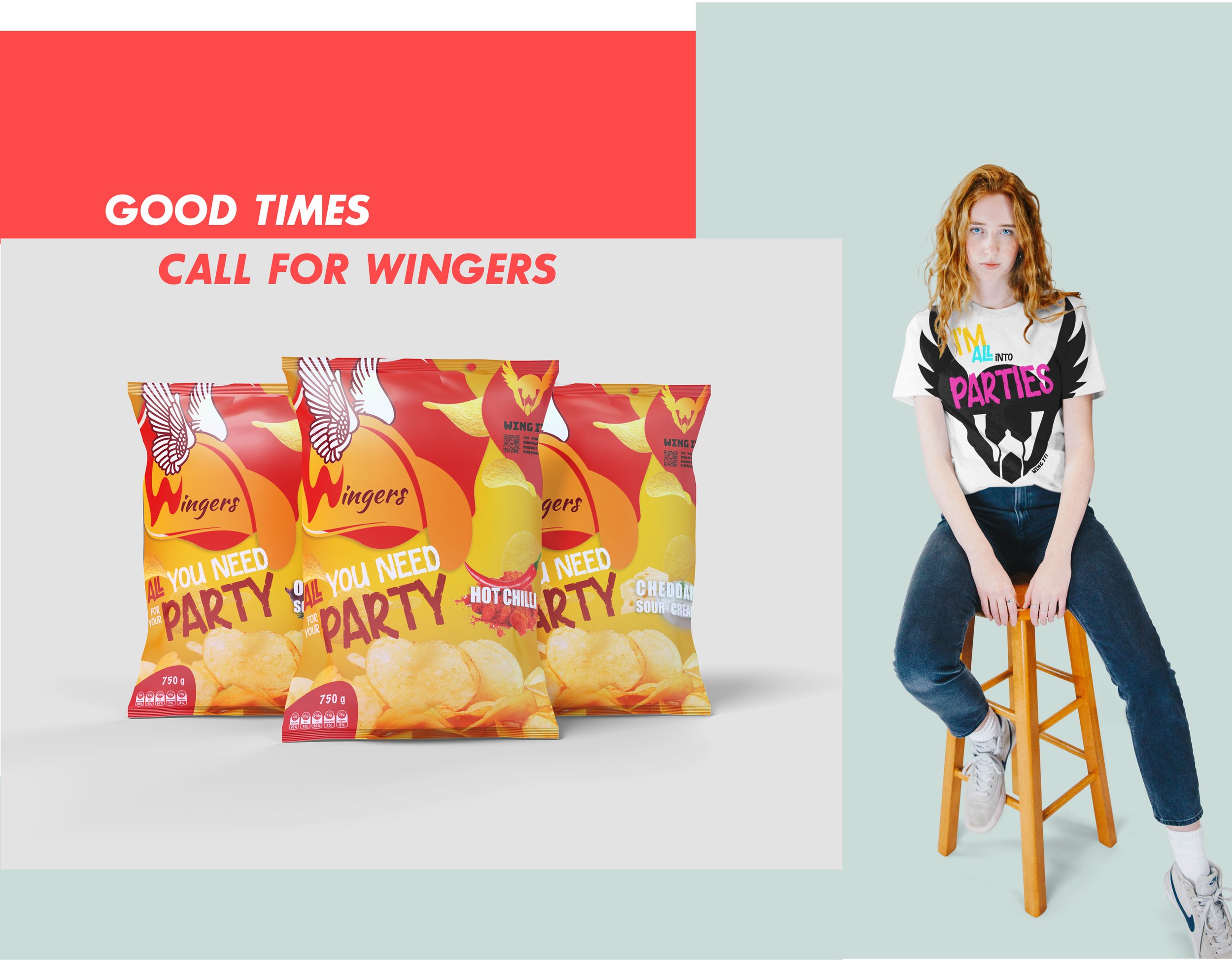
EntomoShift
The world population is expected to exceed over 10 billion in the 2050s. (United Nations, n.d.) likely adding another total population of China and India to today's population. National scale assessments of global water scarcity predict that by 2050 as much as 66% of the world's future population will experience some water stress(Wallace & Gregory, 2002b). Furthermore, agriculture is already the most extensive use of water(Wallace & Gregory, 2002c). Nowadays already, 70% of agricultural land on Earth is used to raise livestock(Gahukar, 2016b).
Human vulnerability is strongly linked to the availability of food and water. The critical issue is to look for ways of improving water use efficiency, with which food is produced from existing water and land resources. Livestock food production in this volume does not seem to be the final answer.
Entomophagy, the practice of eating edible insects, is considered a potent dietary practice to replace animal protein due to its highly nutritious, protein-rich, and environmentally sustainable nature.
Challenge
This project aimed to decode Western resistance to entomophagy and devise a business model for integrating edible insects into Western diets.
Market Research and Historical Parallels
The initial phase involved market research and benchmarking of stakeholders and entomo companies worldwide, identifying their strategies, such as targeting pet foods or altering product appearances. However, these approaches circumvented rather than directly addressed the core resistance. During our secondary research, we found parallels with the historical acceptance of foods like lobsters and sushi in the West as evidence that overcoming cultural biases was feasible.
Human Factors and Sociocultural Analysis
The primary challenge was the strong sociocultural aversion to insects. To address this, the project delved into human factors, examining the different levels and shapes of sense-making and knowledge. It explored how biases form and the impact of reinforcing causal loops, psychological sleeper effects, and the concept of the 'echo chamber.' This comprehensive approach aimed to understand and subsequently dismantle the deeply ingrained negative perceptions of entomophagy.
Initial Consumer Perception Workshop
We selected our classmates as a small representative portion of potential consumers. The project commenced with an interactive workshop involving them. Participants were prompted to share their immediate thoughts about insects by writing them on sticky notes. These notes were then collected for analysis. As anticipated, the majority of the responses were overwhelmingly negative, providing a clear starting point for our efforts to shift perceptions.
Positive Narrative Campaign
Right from the start, the project aimed to disrupt the prevailing echo chamber of classmates by infusing positive narratives into our work. Over the two remaining months of the semester, a key focus was on observing the shift in perceptions. Four presentations were strategically used as touchpoints in this internal campaign. The goal was to create a positive sleeper effect, countering the existing negative biases. For each presentation, innovative and engaging methods were employed to captivate the audience, moving away from conventional academic styles. Surprises were a constant - from producing a short 5-minute amusing documentary to weaving our findings into the universes of popular franchises like STARWARS and F.R.I.E.N.D.S, and even staging a segment akin to a TV morning show. Each interaction was designed to be memorable and shift perceptions in a positive direction.
Impact Assessment Workshops
Throughout the project, a series of interviews and workshops were conducted to explore the impact of positive and negative information on perceptions of insects, both short-term and long-term. One notable workshop involved presenting participants with two contrasting types of content about bees: one showcasing playful bumblebees engaging with balls, and the other depicting aggressive bee wars with disturbing imagery. Following these presentations, the same workshop structure and prompts were used to assess the changes in the participants' perceptions about insects, specifically bees, influenced by these positive and negative narratives.
Persona and Journey Mapping
Upon examining the key human factors, it became clear that targeting younger demographics could yield more successful results, as their perceptions are less entrenched in established causal loops. Focusing on young adults aged 16-24, we developed detailed personas, journey maps, and value proposition canvases. This approach allowed for a deeper understanding of their specific needs and preferences, as well as identifying effective touchpoints to engage this demographic.
Wingers Chips
The project culminated in the introduction of Wingers chips, an alternative protein snack offered in a variety of flavors, accompanied by the cross-selling digital party game 'Wing It.' Available for free download, 'Wing It' encourages group interactions, aiming to reshape perceptions of entomophagy among our target audience through positive experiences and memories associated with the product.
Marketing Strategy and Campaign
The launch campaign for 'Wingers' was meticulously designed, utilizing Lead Generation Funnel and Business Model tools to ensure both consistency and comprehensive coverage. This strategic approach was crucial for guiding potential consumers through the marketing funnel, with a particular focus on achieving the ultimate goal: customer loyalty.
A Taste of Hopeful Outcome
In a final presentation, the initial negative perceptions were revisited with an interactive exercise involving the earlier collected sticky notes. Classmates were invited to attach these notes to balloons, symbolizing their prior views, and then offered the opportunity to burst these balloons and try the entomo snacks. This exercise led to a significant moment of engagement, as all classmates, barring those with specific dietary restrictions, were willing to taste their first entomo snack, marking a notable victory in changing perceptions within a short time frame.












